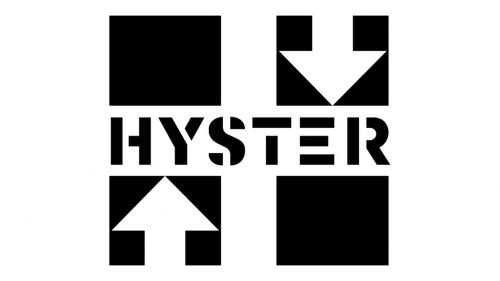Hyster is an American company producing material-handling machinery, in particular, forklifts. Initially, the venture was established in 1929 under the name of Willamette-Ersted Company as a result of the merger of two companies, developing machinery for the logging industry, Electric Steel Foundy and Willamette Iron & Steel Works. The new company was seated in Portland, Oregon. By 1934, the venture was renamed Williamette Hyster Company and started manufacturing innovative heavy-duty lift vehicles. In 1944, the firm received its new name Hyster Company and added an export department to its structure to cope with the new scope of operations. In 1989 the company was purchased by NACCO Industries and in 2012 was merged with Yale Materials Handling Corporation to form the Hyster-Yale Materials Handling firm.
Meaning and history
Initially, the company’s trucks were marked simply by the brand name “HYSTER” written in block letters the graphics of which combine elements of both Corporatus and Roland TR505 fonts. The letters with rounded corners have an old-fashioned classical look.
Later on, an emblem was developed. The current version was introduced in 2009. It consists of a yellow square with a black band around it. Inside the yellow square, there is a smaller black square divided by a yellow cross with thick lines. The horizontal line of the cross has a black inscription “HYSTER”, copied from the previous logo. The cross forms four small black squares, two of which have broad arrows pointed inside the logo.
Apparently, the work “hyster” is derived from the slang of logging labourers from the Pacific Northwest at the end of the XIX century. When a consignment of lumber was prepared to be shipped, a logger would give a signal “hoist’er”. According to the company’s Internet site, this word gave the name initially to Hyster trucks and, later, it was used for all products of the company. The two arrows on the logo give the feeling of a motion related to the handling of cargo by the company’s machines.








